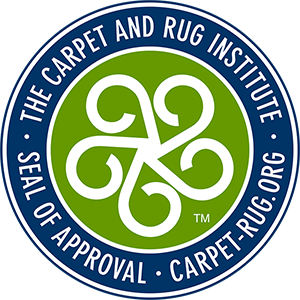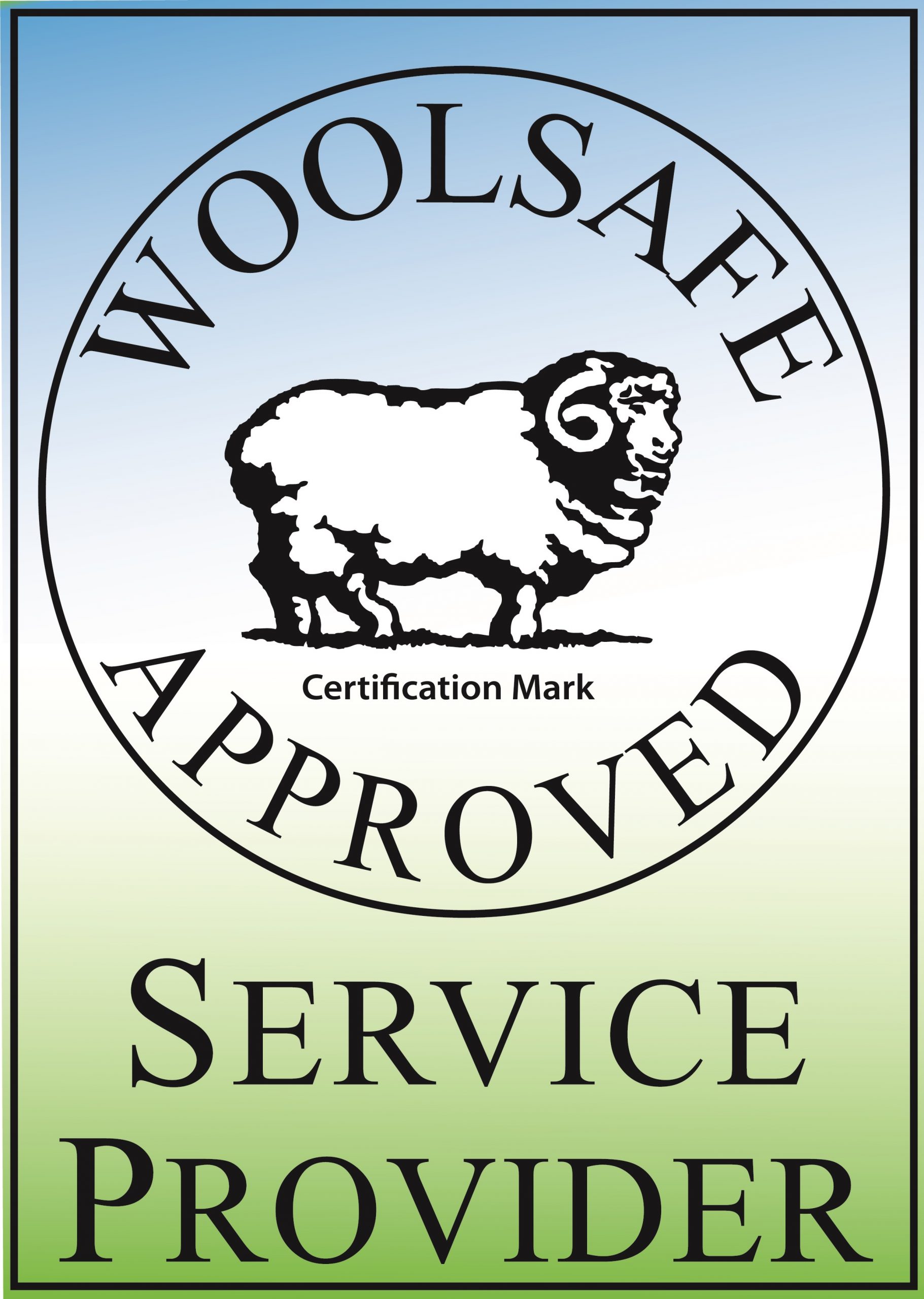Oriental, Persian and Turkish Rugs – Their Value and Role In Religion
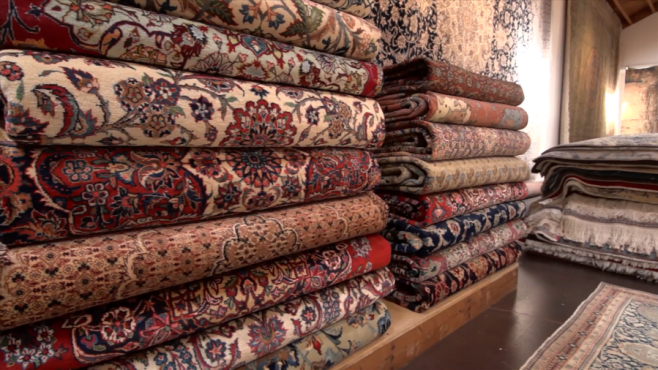
When thinking of Persian or Turkish rugs, it’s not uncommon for people to think of the Islamic faith based on where these rugs are made and the dominant religion of the region.
When thinking about beautiful hand-woven rugs, did you know that in addition to Muslim, other religions have also used rugs as part of their worship?
Most rugs on today’s market are not used for religious purposes and are featured in homes throughout the world as a textile that brings a room together. If you look closely at the motifs on many hand-woven rugs, you’ll see religious themes and secular subjects in their design and construction. Persian, Turkish and other rugs that come from Muslim countries may feature stem Islamic motifs, rugs from Asia and European nations may highlight Buddhist or Christian beliefs.
Rugs in Christianity
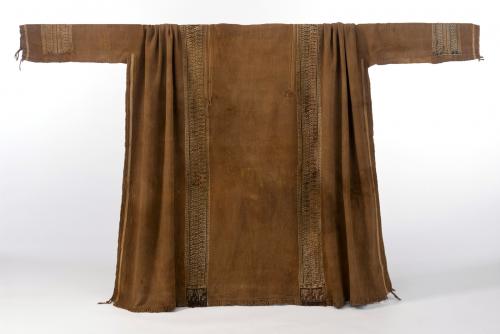
Rugs aren’t often used in Christianity. However, there have been numerous instances where hand-woven textiles featured Christian themes throughout history. In an early Christian sect known as the Coptics, these individuals produced textiles from wool or linen and used them in religious burial ceremonies.
From the Renaissance and Medieval periods, there are textiles featuring everything from important religious figures to those of the deity. These textiles were made from linens or wool on looms very similar to those used to make Persian and Oriental rugs.
Islamic Prayer Rugs
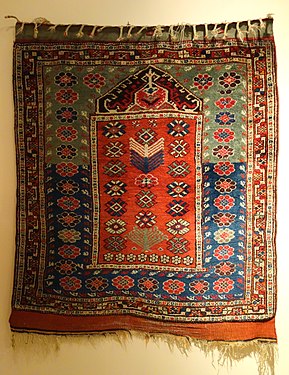
Of all the religions, the Islamic faith is by far the most prolific in the use of hand-woven rugs which are usually placed on the ground and kneeled upon by those who are praying or worshipping. Prayer rugs are identifiable by the niche, which represents the mihrab and points towards Mecca where Muslims direct their prayers. (Mosques have a niche placed in the wall so that worshippers can orient their rugs towards Mecca).
Motifs included in Islamic prayer rugs are commonly attributed to their area of origin, which can range from tribal and village designs to symbolism and uniqueness from a particular weaver or family.
Jewish Religious Rugs
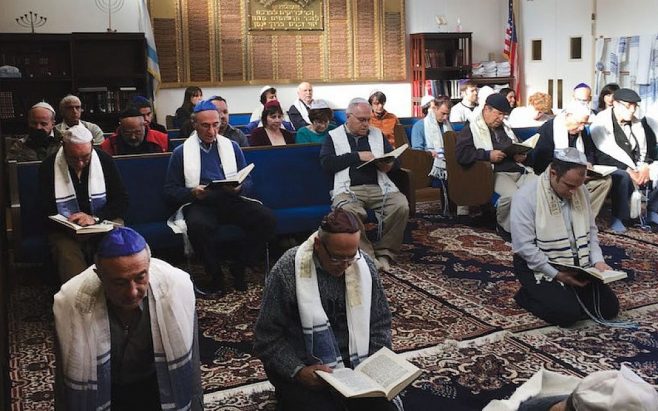
On Yom Kippur, rugs have often been used when Orthodox Jews kneel and bow on a stone or tile floor. Initially, parishioners used towels to kneel upon, but these were replaced with hand-woven rugs due to the comfort and beauty they presented.
While it’s not always shared among every Jewish sect, the practice of using these rugs is part of what’s considered prostration, where individuals put their backsides near the ground and lower themselves for a period of prayer. In some synagogues, rugs are also used to sit upon instead of chairs or benches such as in the Karaite community.
Buddhist Rugs
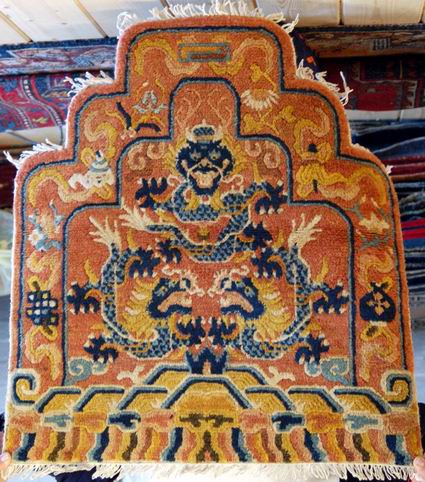
Rugs were ordinary in Buddhist culture and history; early writings indicate they were most frequently owned by those who served as prominent religious figures. Despite this, Buddhist rugs are still very common, and their significance reaches back centuries.
One of the more unique elements of Buddhist rugs is their use of shocking designs, as they sometimes depict what many Westerners would term as shocking in nature, including flayed animal and human skins. The reason behind these designs is the Buddhist’s pursuit of bodily detachment and the search for a higher level of consciousness. Other motifs that can be present on these rugs are Lotus blossoms, indigenous flowers, local wildlife or mandala-like designs.
Your Rugs History and Valuation
Many people aren’t aware of the history or value of their Oriental, Turkish or Persian textile and seek information for a variety of reasons.
Perhaps you need a valuation to obtain insurance on your area rug or would like to donate to your favorite charity and would like a tax donation value.
Some owners want to know the history of their rugs such as the country and province where the rug was made, the interpretation of the rugs motifs, a description of the design, or current value.
Oriental Rug Salon offers a rug valuation and appraisal service that can provide a host of information on your cherished area rug. For more information, visit this highlighted link.
Oriental Rug Salon is a full-service rug cleaning, repair, and valuation company serving clients from around the United States. We are located in Cape Coral FL and offer free pick-up and delivery of most rugs throughout Lee, Collier and Charlotte County. We also receive and ship clients rugs worldwide.
Oriental Rug Salon is a Certified Partner with the prestigious Institute of Inspection, Cleaning and Restoration Certification (IICRC) and the International Carpet & Rug Institute (CRI). In addition, we are A+ rated with the Better Business Bureau and a five-year-in-a-row-winner of the coveted Angie’s List Super Service Award.
If your area rug is in need of a thoroughly exhaustive hand-washing, repair or appraisal, please visit us online at www.OrientalRugSalon.com or call anytime at 239-424-8171.
Also please LIKE US on Facebook to receive tips and money-saving coupons on cleaning services and repairs. Our Facebook address is: https://www.facebook.com/OrientalRugSalon/
Oriental Rug Salon offers Oriental Rug Cleaning, Persian Rug Cleaning, Wool Area Rug Cleaning, Silk Area Rug Cleaning, Turkish Area Rug Cleaning, All Textile Types of Rug Cleaning, Fringe Repair, Scotchgard Protector, Area Rug Repairs
Oriental Rug Cleaning Cape Coral, Fort Myers, North Fort Myers, Fort Myers Beach, Estero, Bonita Springs, Naples, Marco Island, Sanibel, Captiva, Useppa, Lehigh Acres, Alva, Buckingham, Punta Gorda, Port Charlotte, Sarasota, Matlacha, Bokeelia and Saint James City Florida.
Oriental Rug Salon accepts repairs and cleaning from clients throughout the United States.


